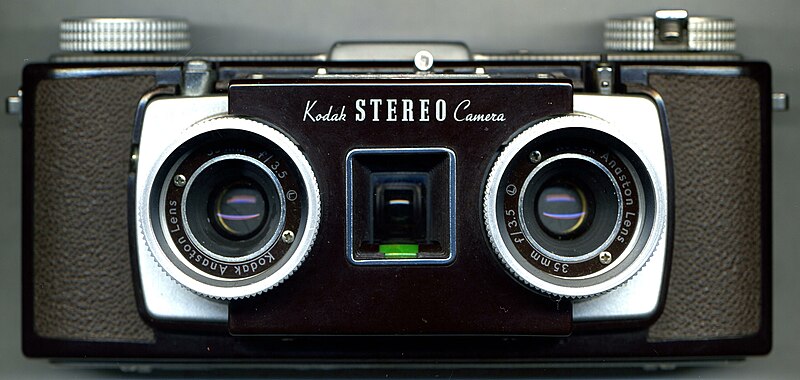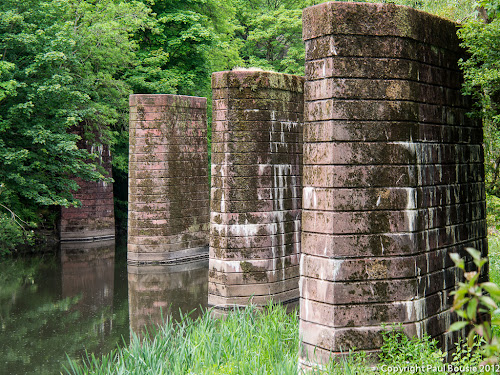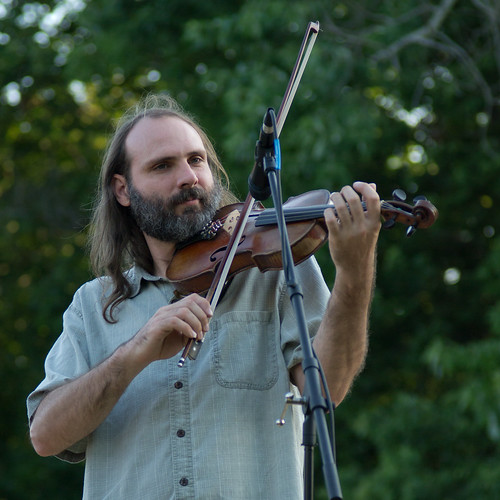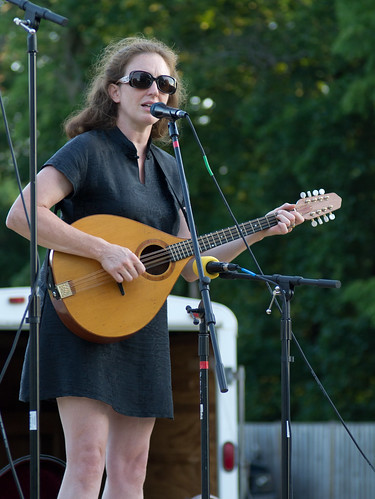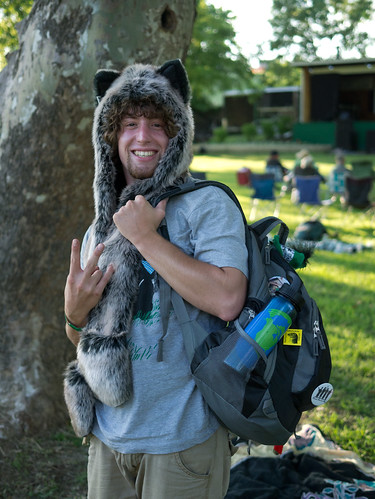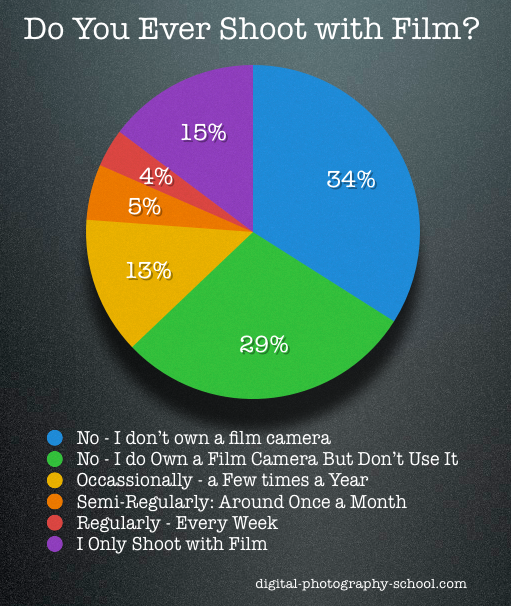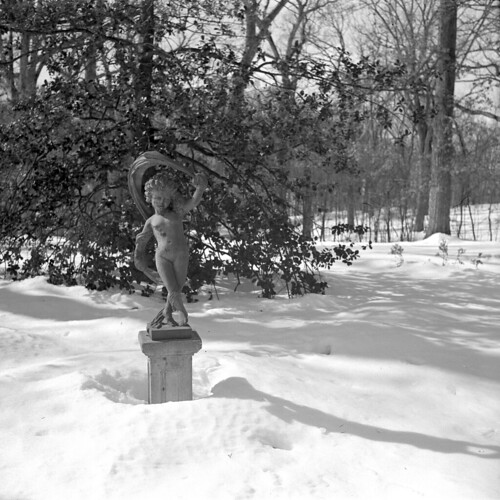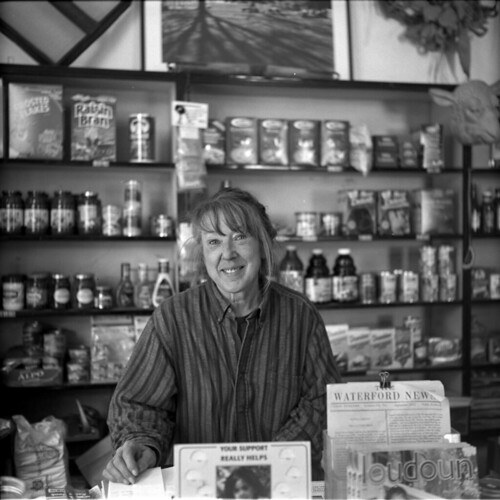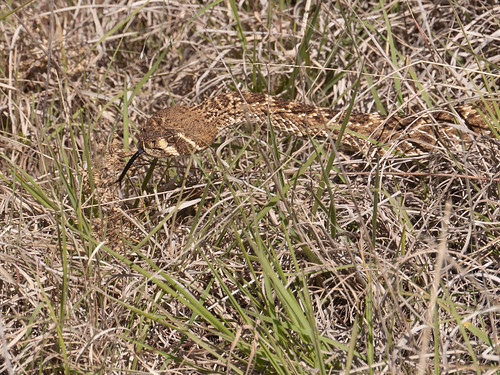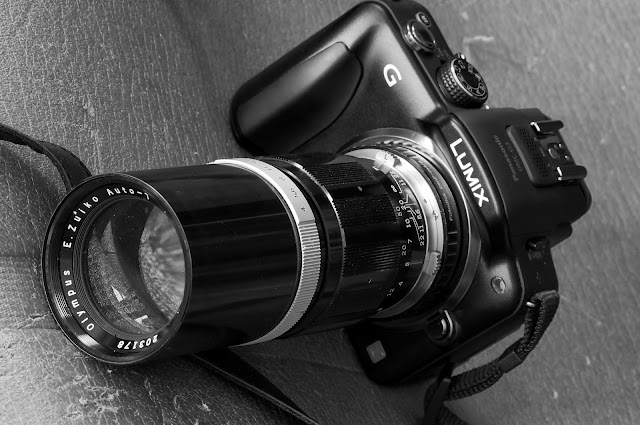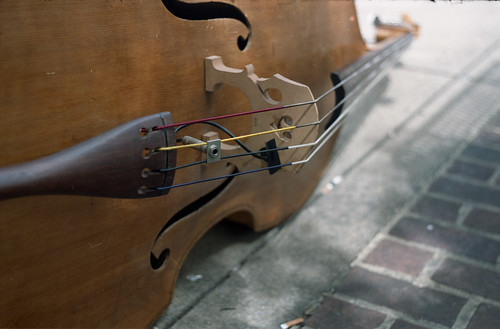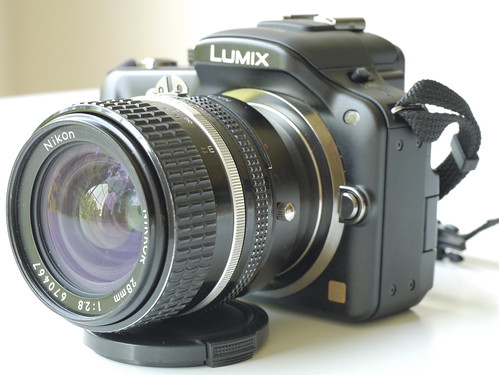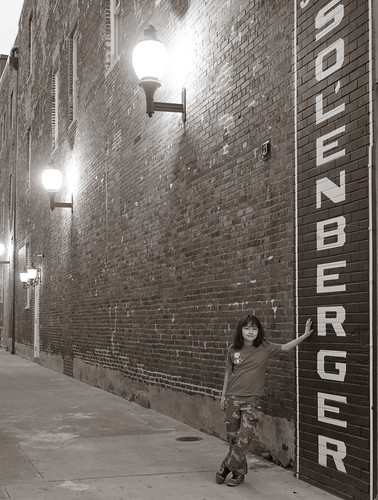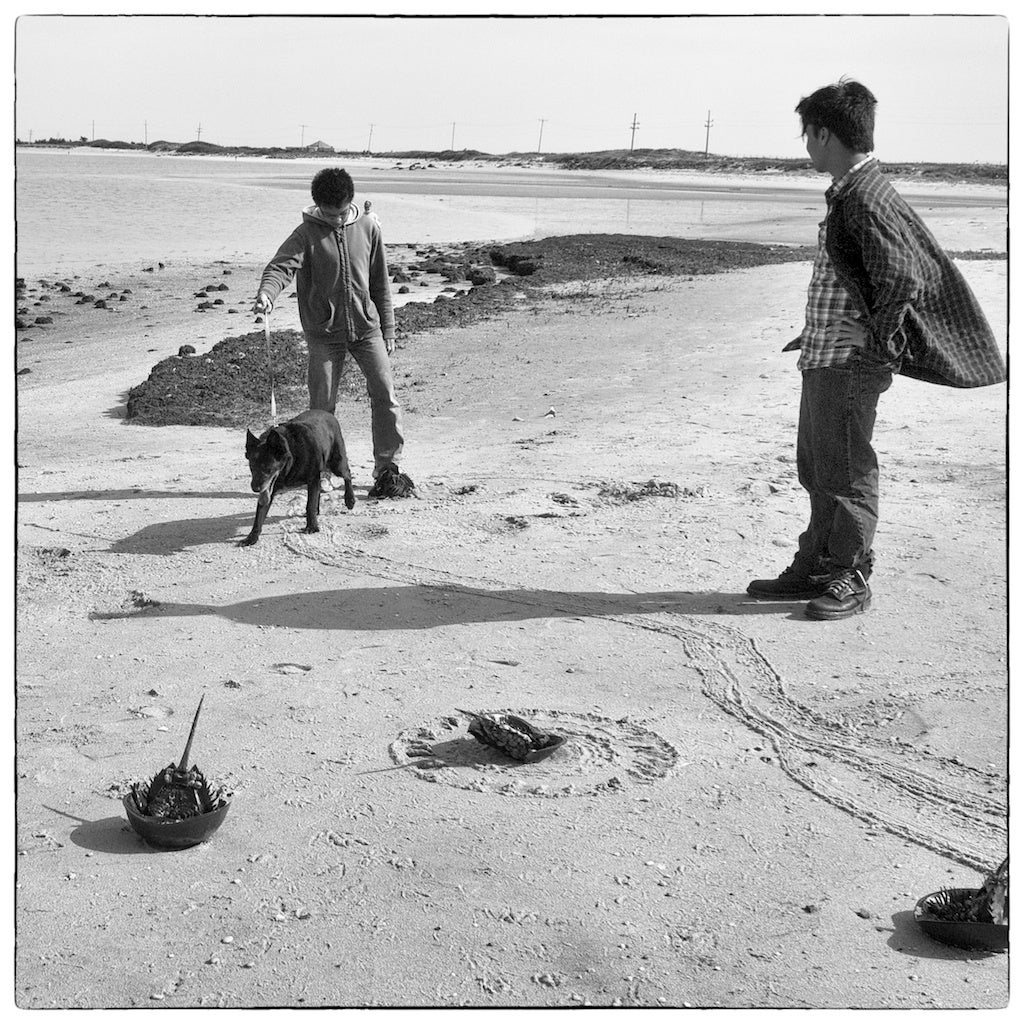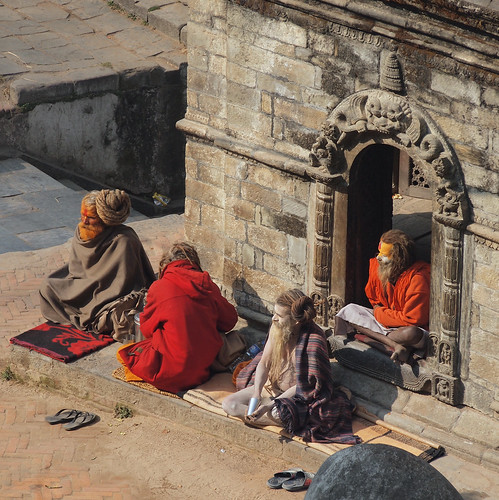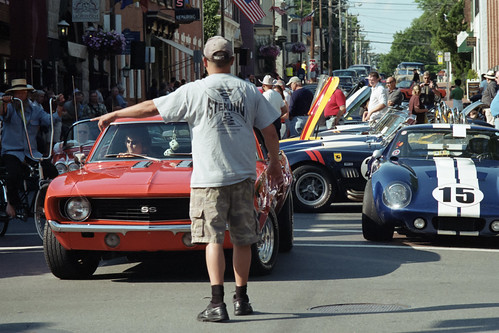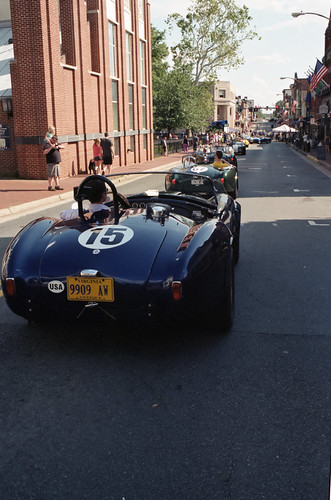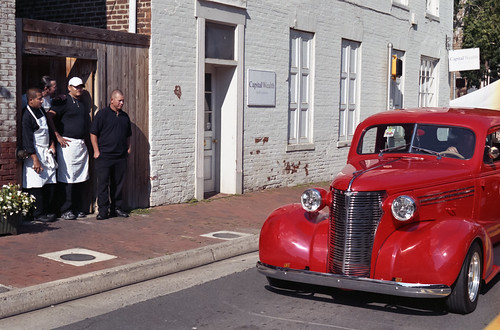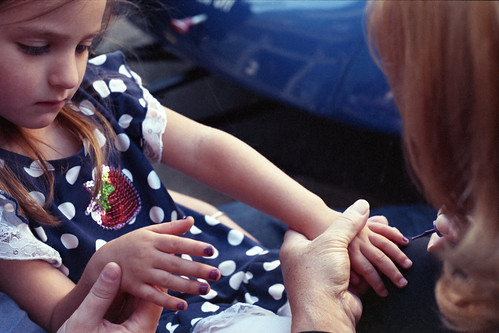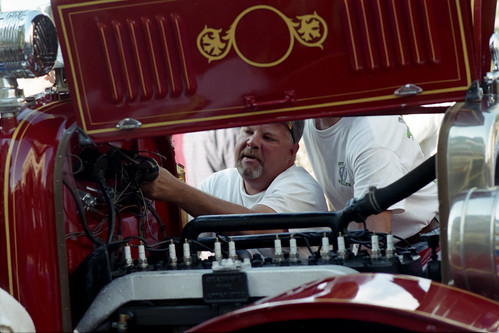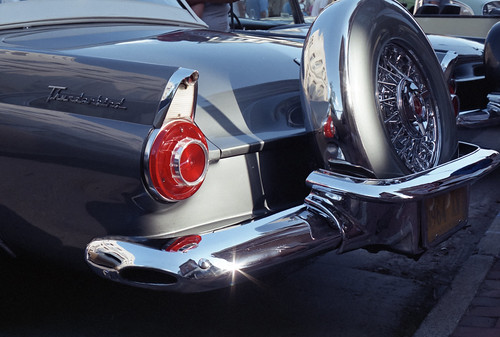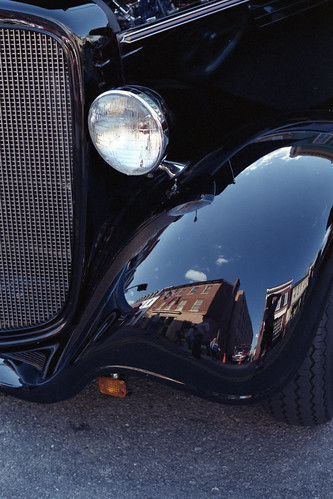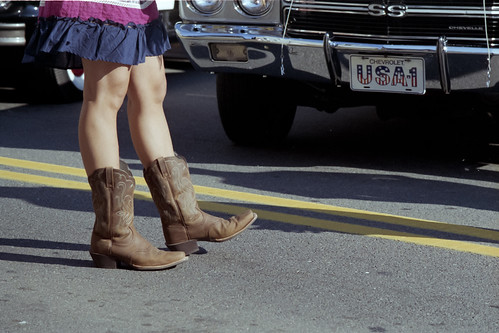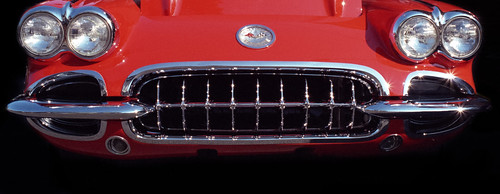Panasonic Lumix 12-35mm f2.8 X lens
Image Source: shop.panasonic.com
I am watching daily (obsessively?) for the new Panasonic Lumix 12-35mm f2.8 zoom lens to become available for purchase. And, the wait is making me think more about it.
I have always preferred shooting with prime (fixed focal length) lenses. It's been said many times that primes are smaller, lighter, and generally faster than zooms. It is often argued that they produce better image quality. However, I think this is largely a holdover from the past. Lens technology is so good now that a state-of-the-art zoom is extremely capable.
(Click Here) to read a current post on mu-43.com where others are discussing their reasoning for wanting or not wanting the new 12-35mm f2.8 zoom.
One of the questions in the post above is whether a kit zoom like the 14-42mm lens minimizes the need for a fast zoom like the new 12-35mm. I say emphatically, no. The kit lenses really are the cheapest lenses out there, and don't fall into "state-of-the-art" in my opinion. Their variable, slow f-stop is a showstopper for all but the very best lighting situations.
(Click Here) for a post of one of the rare times I have used my kit zoom. I was not displeased with the results, but the lens was certainly limiting in which scenes I could record. For example, inside the mill, it was nearly useless without a tripod.
So, since I have a great set of prime lenses, why am I considering the new 12-35mm zoom? Well, to be honest, it's because I get tired of changing lenses in the field. And, especially at events, I do occasionally miss a shot while I'm fumbling to change lenses. This is why I now regularly carry two bodies - two identical Panasonic Lumix DMC-G3s. One is usually attached to a normal lens (Pana-Leica 25mm f1.4 Summilux, most commonly), and the other has either a short telephoto (Pana-Leica 45mm f2.8 Macro-Elmarit) or wide angle (Panasonic Lumix 14mm f2.5). I even find myself changing between wide angle and telephoto on the second body more often than I would like.
Right now, I am working on two long-term projects - 1) the Civil War Sesquicentenial and 2) local live music. Will this new zoom help me in those?
Well, I can honestly say that the 12-35mm f2.8 will be great for the civil war project. The majority of that project involves shooting in daylight, outdoors, and at events where things change reasonably quickly. Sometimes in working around crowds of spectators, or composing carefully to not include modern elements around re-enactors, for example, the flexibility of a zoom would be great. And, back to the example of the mill, I could have gotten by with f2.8 (not the f3.5-5.6 of the kit lens).
For shooting live music, I cannot see relying on f2.8 to be fast enough for shooting inside dark bars and music venues. I'm sure I'll stick to my Pana-Leica Summilux 25mm f1.4 for that. This is where the other lens I'm waiting on, the Olympus 75mm f1.8, comes in. Many times, I'd like more reach than the 25mm can provide.
I also enjoy travel photography a lot. The 12-35mm would be very helpful for that.
So, will the new 12-35mm stay on my camera all the time? No. But, I think it will certainly fill a gap for event and travel photography. How's that for rationalizing? :).
DMC-365.blogspot.com


